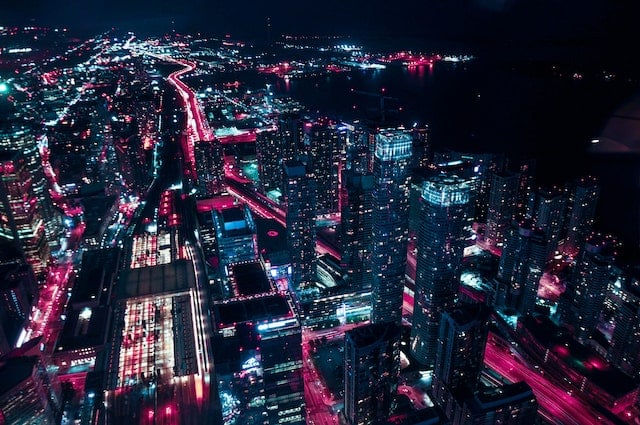The Disruptive Effects of Light Pollution on Migratory Patterns
- Seaside Sustainability

- Apr 15, 2024
- 2 min read
Shaila Venkat
Light pollution, which is the excessive or misdirected artificial lighting that obstructs the natural darkness of the night sky, has emerged as a pressing environmental issue. In addition to its extensive impacts on human health and ecosystems, recent studies have shed light on the detrimental effects of light pollution on the migratory patterns of various species.
Disorientation and Disrupted Navigation:
- A recent study published in Trends in Ecology & Evolution reveals that light pollution disrupts the navigation abilities of migratory animals, such as birds, insects, and sea turtles.
- Artificial light sources can mislead migratory species, leading them astray from their traditional routes and critical habitats.
- The increased exposure to artificial lights can also cause birds to collide with buildings, communication towers, and other structures, resulting in injuries that can be fatal.
Altered Timing and Behavior:
- Research presented in Science Advances suggests that light pollution alters the timing of migratory behavior in various organisms.
- Artificial lighting can interfere with the physiological processes and internal biological clocks of migratory species, affecting their breeding, foraging, and resting patterns.
- Disrupted timing can result in reduced fitness, as species may fail to synchronize their migration with essential resources or optimal conditions.
Ecological Imbalance:
- Light pollution can disturb the ecological balance within ecosystems, affecting predator-prey relationships and species interactions.
- A study by Landscape and Urban Planning highlights how artificial lighting attracts nocturnal insects, leading to increased predation, altered pollination patterns, and potential declines in insect populations.
- Since migratory species serve vital ecological roles, disruptions to their behavior and interactions can have negative cascading effects on entire ecosystems.
Conservation Implications:
- The findings from these studies emphasize the urgent need to address light pollution as part of conservation strategies.
- Implementing appropriate lighting practices, such as using shielded or low-intensity lighting, can minimize the negative impact on migratory species without compromising human needs.
- Collaborative efforts among policymakers, urban planners, and lighting manufacturers can promote the development and adoption of lighting policies and technologies that mitigate light pollution.
Light pollution poses significant threats to migratory patterns and wildlife populations, which has adverse effects on the navigation, timing, behavior, and ecological interactions of migratory species. Recognizing the importance of preserving migratory routes and habitats, it is crucial to raise awareness about light pollution and implement effective measures to minimize its impact. By reducing light pollution, we can support the conservation of migratory species and maintain the delicate balance of our ecosystems for future generations.
Citations
Burt, C. S., Kelly, J. F., Trankina, G. E., Silva, C. L., Khalighifar, A., Jenkins-Smith, H. C.,... Horton, K. G. (2023, April). The effects of light pollution on migratory animal behavior. Trends in Ecology and Evolution, 38(4), 355-368. https://doi.org /10.1016/j.tree.2022.12.006
Aguilera, M. A., & González, M. G. (2023, January). Urban infrastructure expansion and artificial light pollution degrade coastal ecosystems, increasing natural-to-urban structural connectivity. Landscape and Urban Planning, 229. https://doi. org/10.1016/j.landurbplan.2022.104609
Sánchez de Miguel, A., Bennie, J., Rosenfeld, E., Dzurjak, S., & Gaston, K. J. (2022, September 14). Environmental risks from artificial nighttime lighting widespread and increasing across Europe. Science Advances, 8(37). https://www.science. org/doi/10.1126/sciadv.abl6891
Image from Pexels.com




